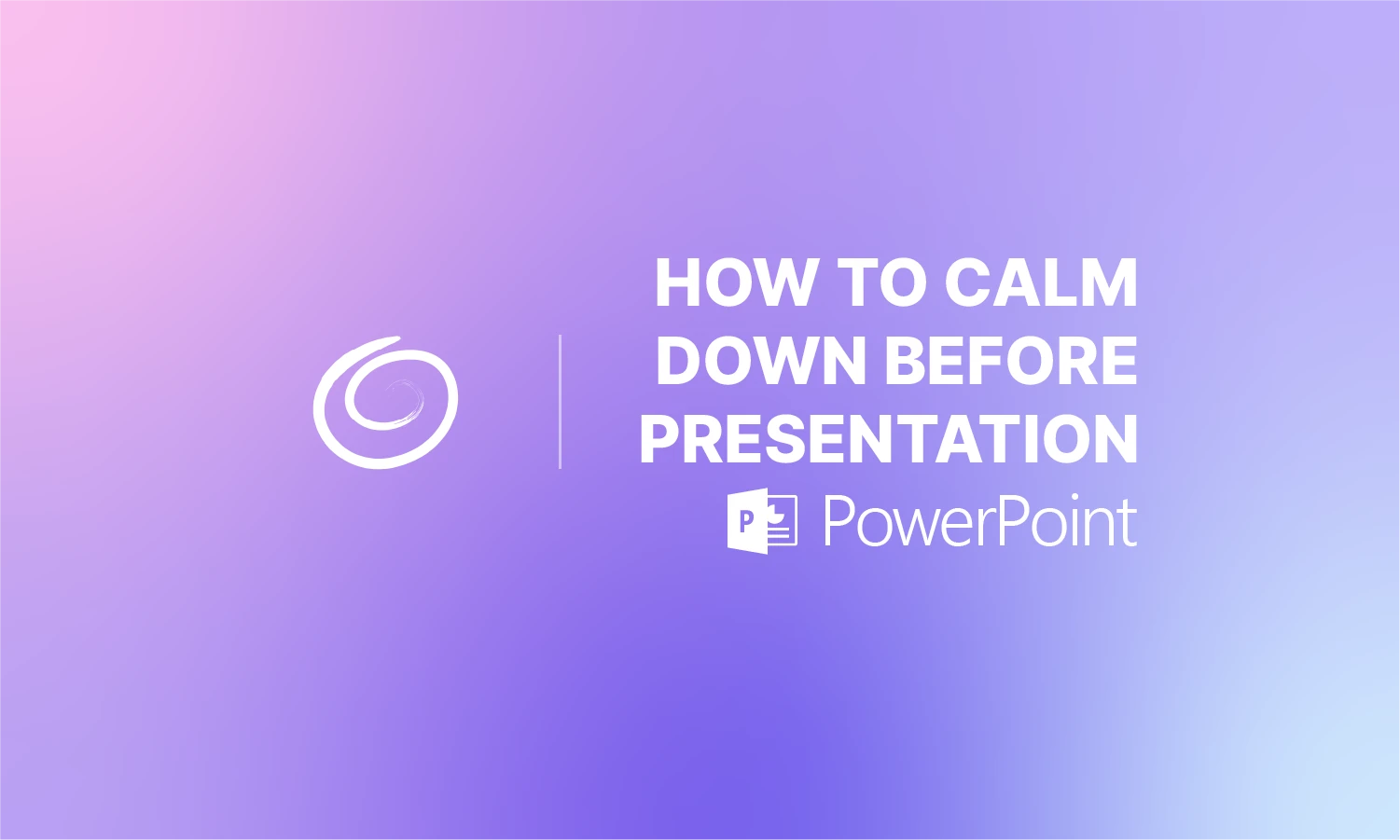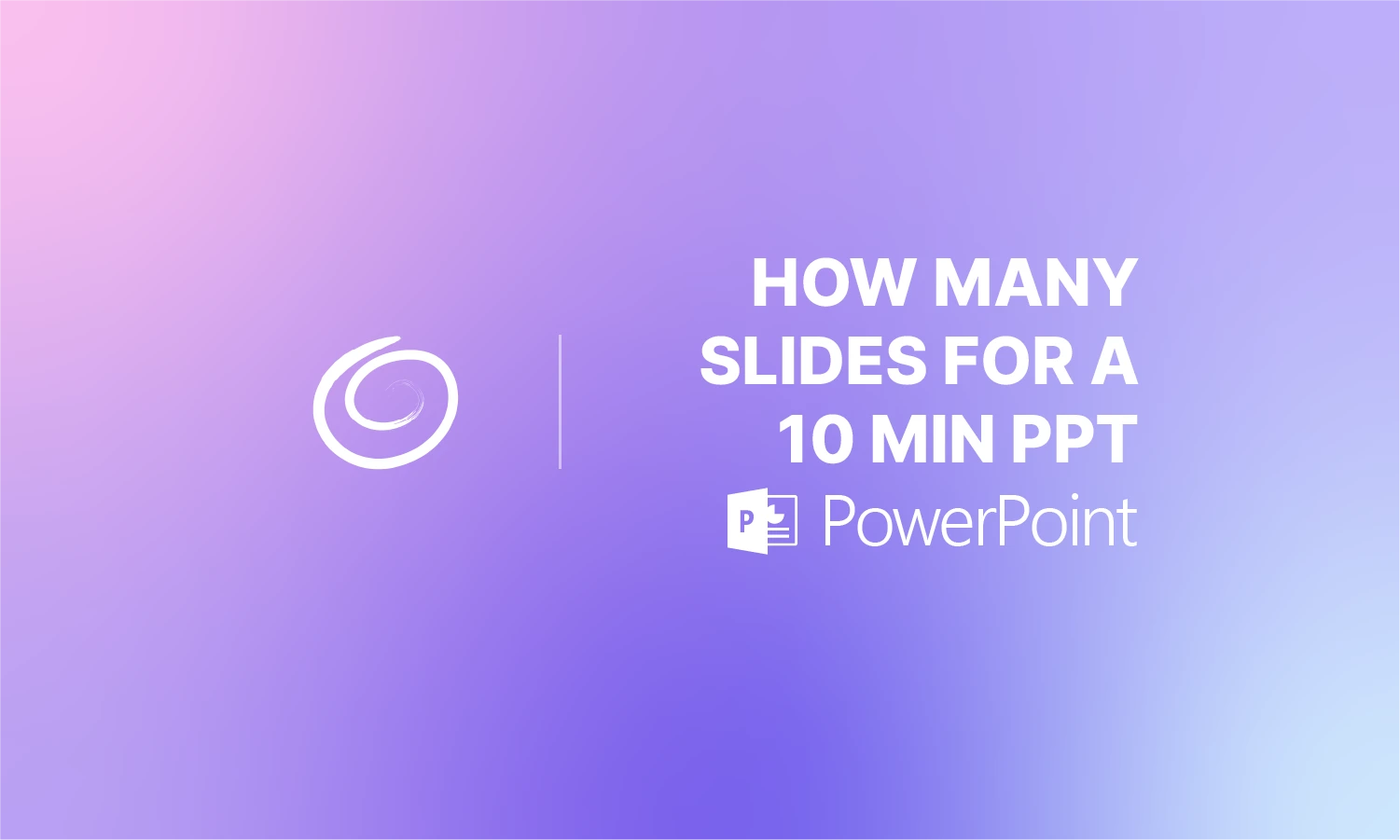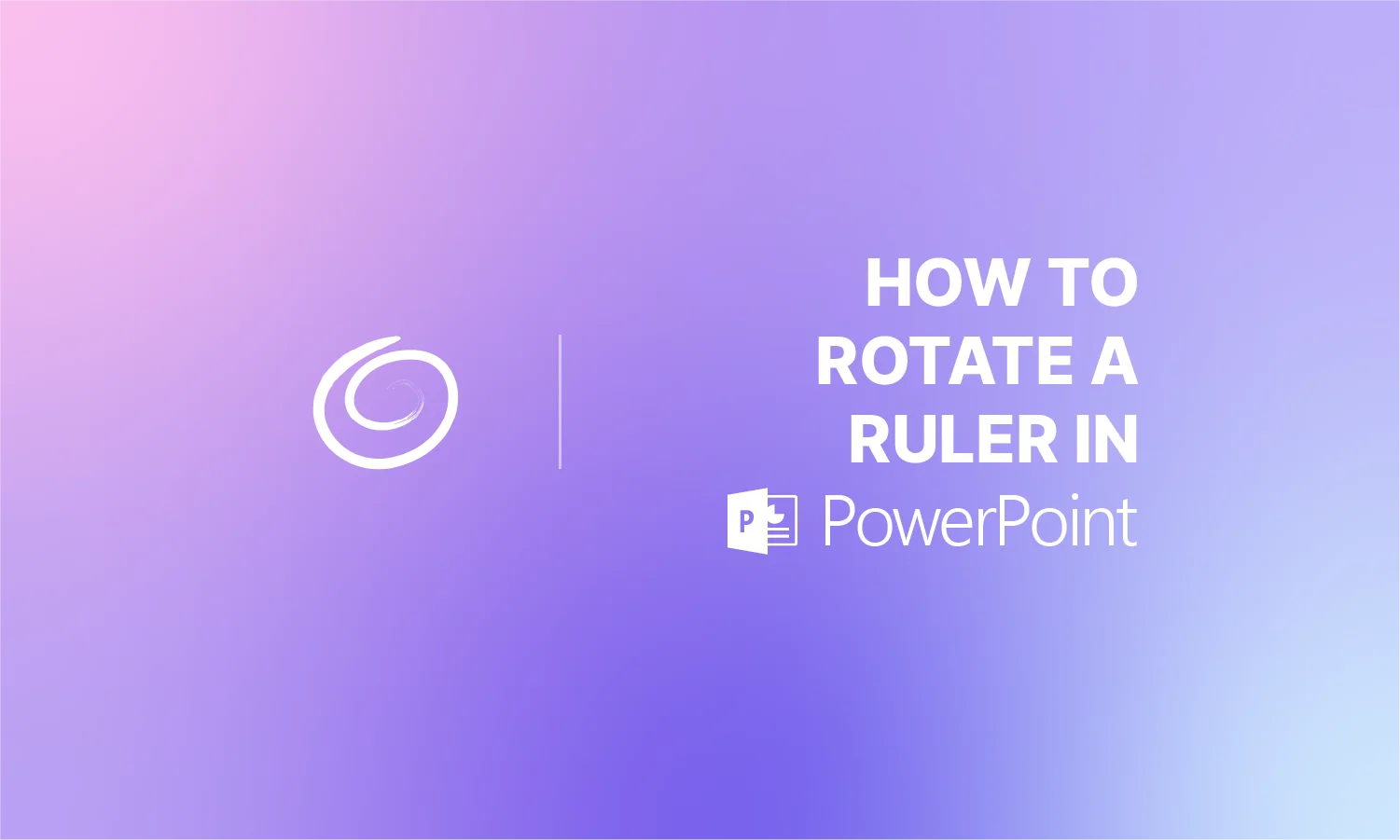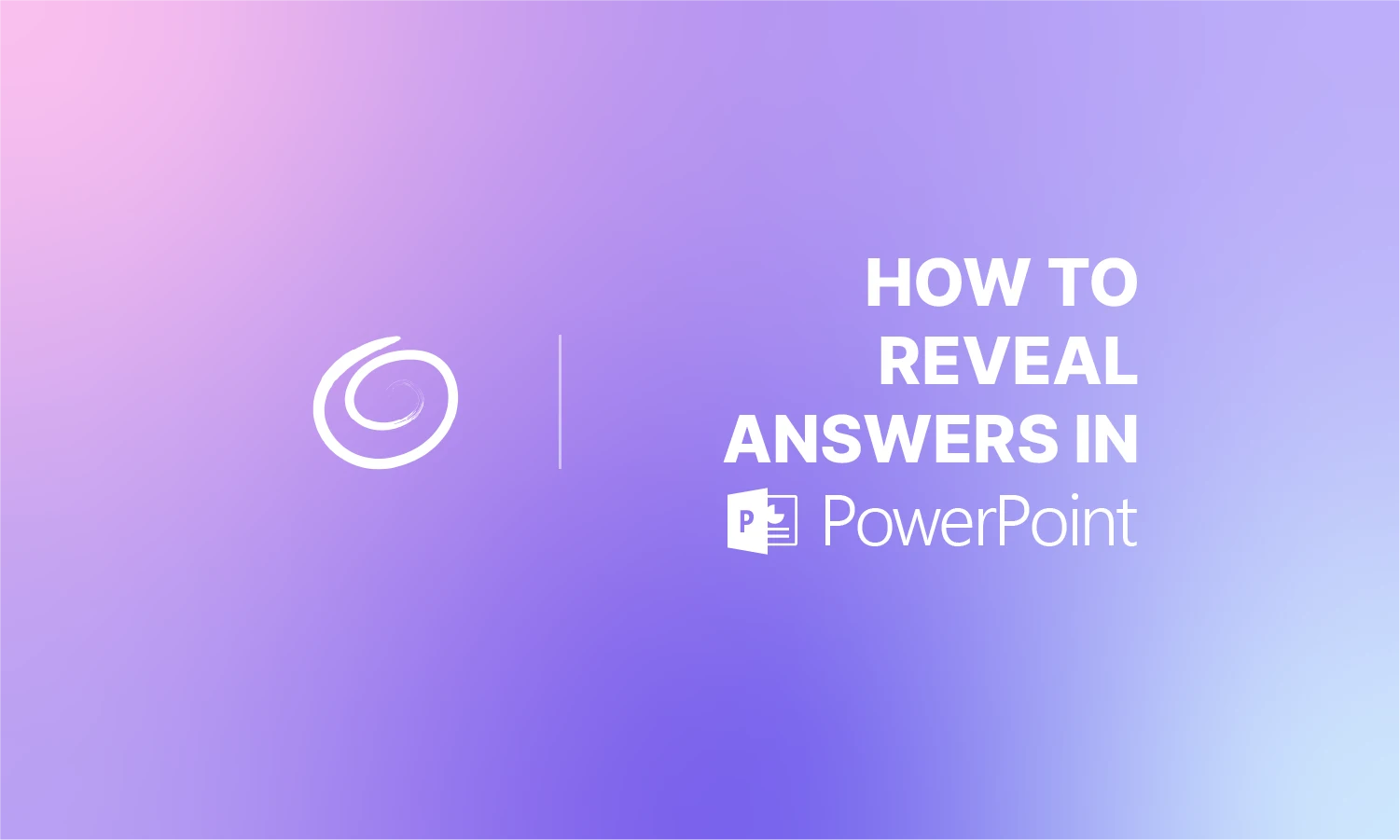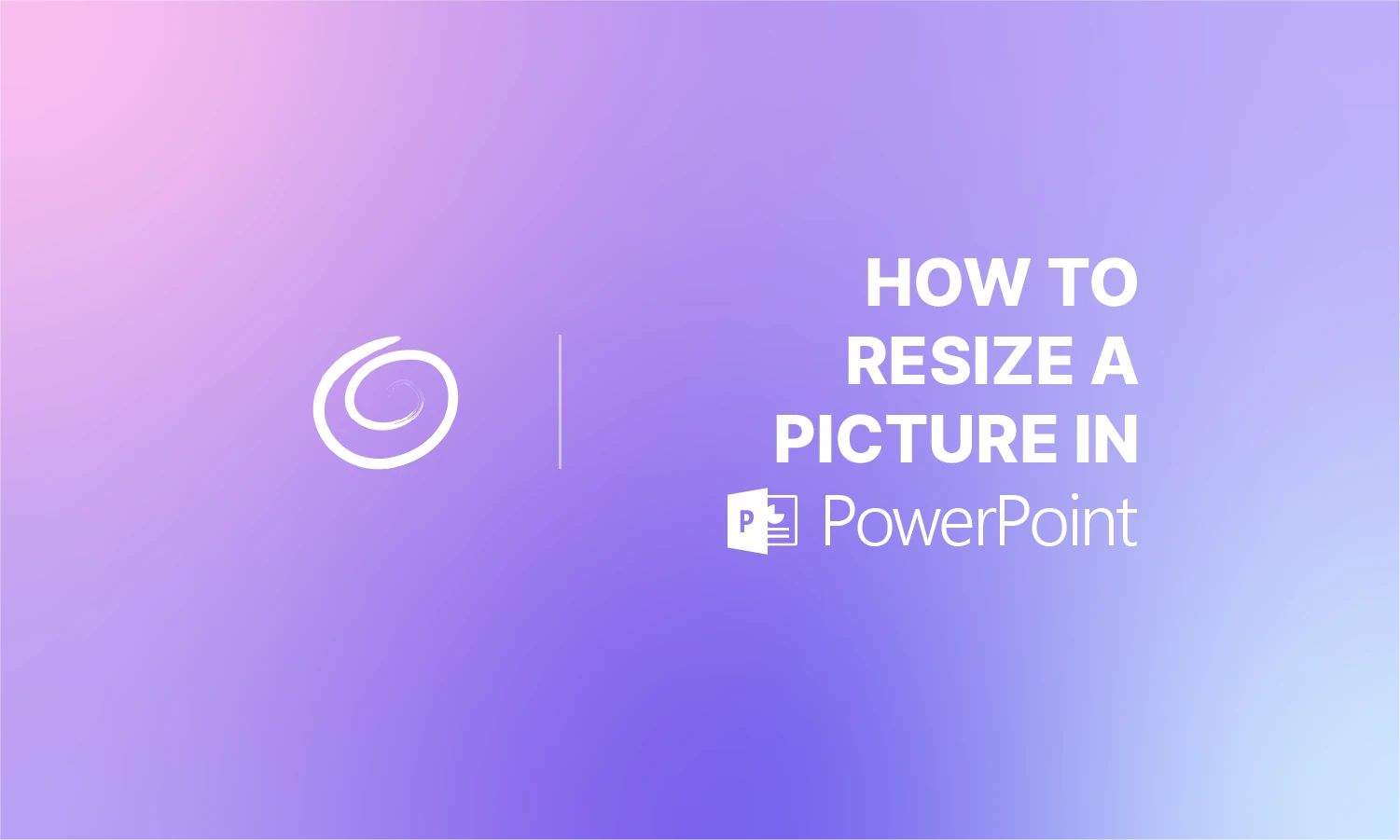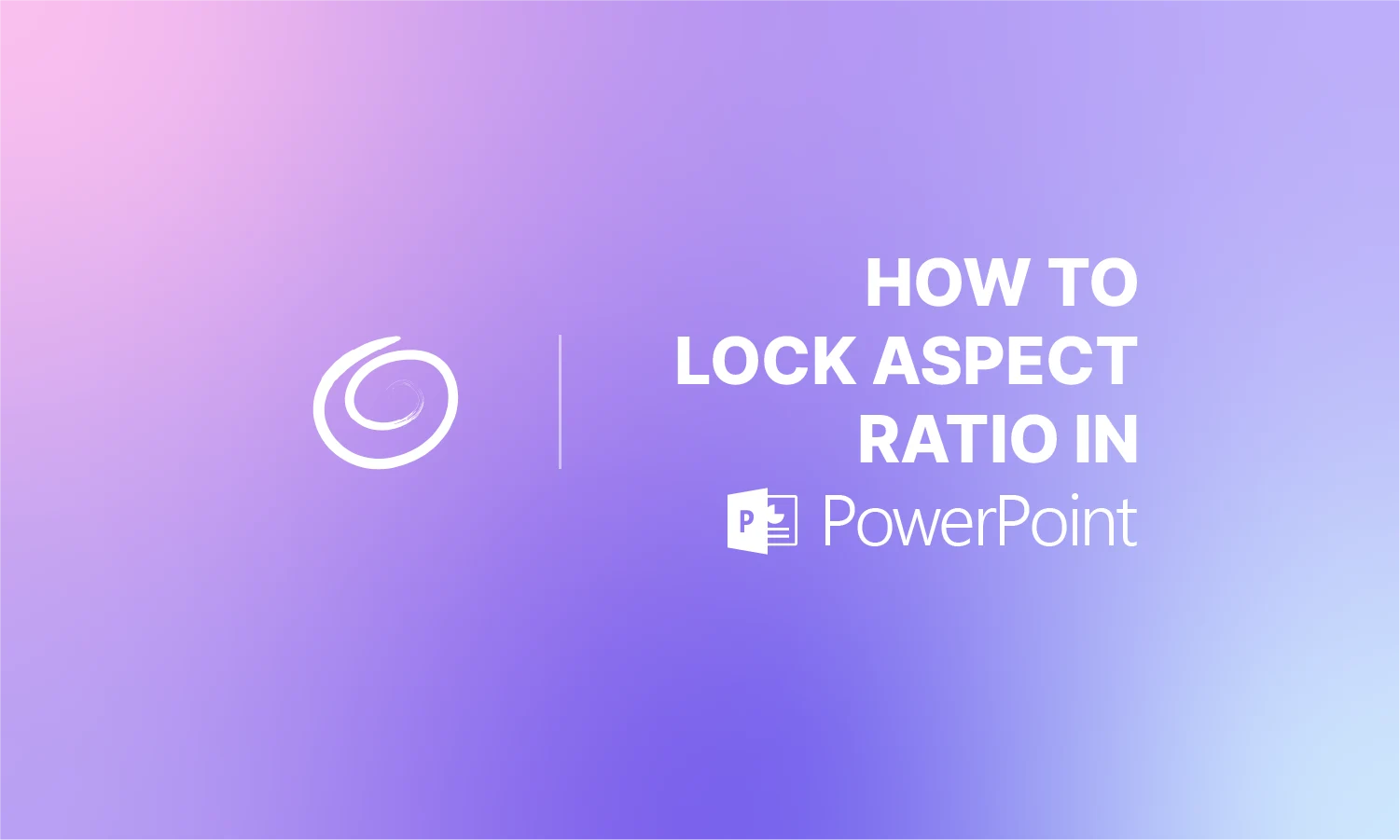How to End a PowerPoint Presentation

One of the most commonly overlooked sections of a PowerPoint presentation is the very end. If you’ve ever been part of the audience for a presentation that just abruptly ended in a semi-awkward way, you know exactly what we’re talking about.
But how do you end a PowerPoint presentation without it feeling sudden? How do you craft closing slides that add real value to your presentation? That’s what we’ll be looking at here. We’ll explore the best ways to craft a closing slide that is effective and makes sense for your presentation.
Ending a PowerPoint Presentation Effectively
So, first things first… what does it mean to end a PowerPoint presentation effectively? To do so, you first need to consider what the goal is. Is there something specific you want your audience to take away from the presentation? Is the end of your presentation an appropriate time to field questions? Asking yourself questions like these will help influence how you wrap things up.
Regardless, most PowerPoint presentations will end with slides that include at least one of the following.
Summary of Key Points: Reinforcement of your main takeaways in a concise and clear manner.
Call to Action: Encouragement for your audience to take the next step, whether it’s signing up for something, applying what they’ve learned, etc.
Invitation for Engagement: A transition into a Q&A session or follow-up discussion, if appropriate.
Each presentation is different, so you might only include one of the endings above or possibly all of them. Do what you think is best for your own PowerPoint. The point is to form a natural ending to the presentation that leaves your audience with value and keeps them thinking about the details that you’ve covered throughout the presentation.
[Read more: 10 Common Mistakes Presenters Make With Their PowerPoints]
Choosing the Right Closing Slide for Your Presentation
Each ending can come in a variety of forms, of course, so you’ll have to further fine-tune what your finish slide(s) should look like. Let’s consider a few options.
Conclusion Slide
A structured conclusion helps to reinforce the information you’ve covered since the beginning of the presentation. You can use it to highlight key points and help the audience remember the most important takeaways.
When to Use It:
- For educational presentations to summarize key lessons
- For business strategies to highlight main findings
- For research to sum up all the data
What to Include:
- A bullet-point summary of the key takeaways
- A final thought or recommendation
- A closing statement that can leave your audience in thought

Next Step Slide
In some cases, you’ll want to ensure the information in your slides lives on outside your presentation. That is where a “next step” slide comes into play. Use it to provide a clear direction on what the audience should do with the information you’ve provided.
When to Use It:
- Sales and marketing presentations that require follow-up actions
- Training sessions that require people to implement what they’ve learned
- Project updates to highlight the next phase
What to Include:
- A clear action item
- A deadline or timeline
- Contact details or forum location for further discussion

Question and Answer Slide
There may not always be time for questions after your presentation, but if there is, you should definitely have a slide for it at the end. You might even consider gathering questions from participants prior to the presentation, allowing you to address their questions throughout the presentation or individually during a Q&A at the end.
When to Use It:
- Webinars and training sessions
- Business pitches or investor meetings
- Team meetings or brainstorming sessions
What to Include:
- “Any Questions?” or “Let’s Discuss” messaging
- A clean and inviting design
- A list of questions (if gathered ahead of time)

Inspirational Closing Slide
The need for this type of slide is somewhat rare, but it can be used. It leaves your audience motivated and inspired.
When to Use It:
- Keynote speeches to leave a strong impact
- Motivational or leadership presentations
- Personal development and coaching sessions
What to Include:
- A quote related to your topic
- An inspirational image or background
- A call to action if it makes sense

How to Design an Engaging PowerPoint “Thank You” Slide
Last but not least is the traditional “thank you” slide. In truth, it often is the lease desirable out of the group above, but people still use them.
While a “thank you” slide isn’t ideal in its most basic form, there are reasons for using it and ways to use it that aren’t completely boring and cliche. After all, a thank you slide can be a simple yet professional way of ending a presentation. If you are pressed for time and there is not much room for a follow-up at the end, you may still want to exhibit your appreciation for the audience.
When to Use It:
- Business meeting and corporate presentations
- Formal speeches where there is little opportunity for audience interaction
- Conferences or large events where there are multiple speakers and audience engagement is limited
What to Include:
- A simple and heartfelt “thank you”
- Your name, along with your title, role, organization and contact info
- A professional design
The Best Way to Create a Conclusion for a PowerPoint Presentation
Interestingly, the beginning and end of a presentation are often the most difficult sections for many creators. Once they get into the details they know and have planned for, things go smoothly, but getting there and coming out with a cohesive end is what trips people up.
If this is a struggle for you, a simple solution is using AI to generate your PowerPoint slides. In fact, you can try out our ChatGPT for PowerPoint add-in for free and have it create a presentation for you using a prompt, file, YouTube video or just a collection of text.
Otherwise, give our tips above a try. To make it even easier, we’ve created this simple chart you can follow.
| Slide Type | Best For | Key Elements |
| Thank You Slide | Professional gratitude | Simple text, branding and contact info |
| Questions Slide | Encouraging audience participation | A simple prompt and design to encourage questions |
| Conclusion Slide | Reinforcing key points | Summary and final thoughts |
| Next Steps Slide | Actionable follow-ups | Clear next steps and deadlines |
| Inspirational Closing Slide | Motivation and impact | Quotes and strong visuals |
So, give it a try and see just how much more impactful (and hopefully less awkward) your PowerPoint presentation closings can be.
Start Making AI Presentations in Seconds
Instant Access
Begin exploring Twistly’s full suite of features immediately
No Commitments
No credit card required, and you can cancel anytime
Dedicated Support
Our team is here to assist you every step of the way during your trial.


